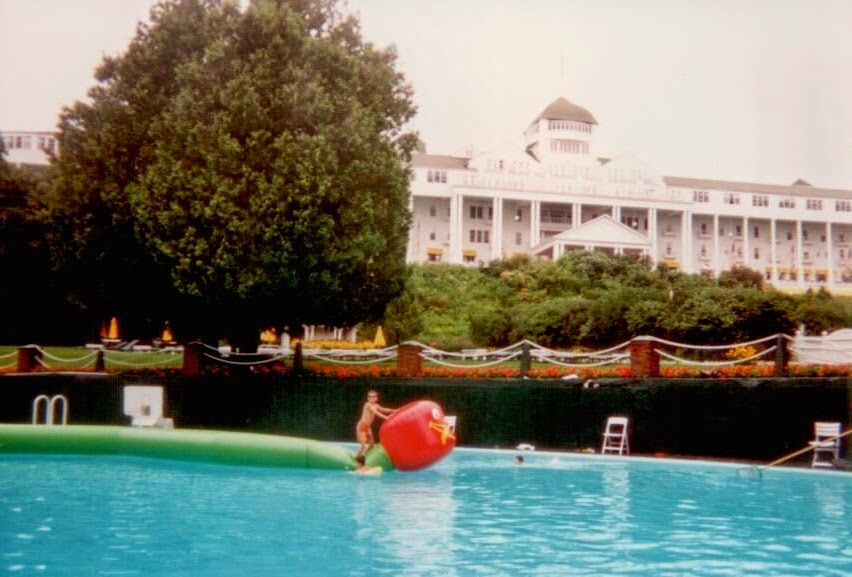you’re soaring in your 4-seater
over the verdant island-dotted channels of Alaska’s Inside Passage. As your seaplane banks around the cove at
Admiralty Island, you spot your first grizzly, tugging at a tree stump by the
water’s edge. A bump and a shower of spray,
and you’ve landed at Pack Creek.
Unfold yourself from the
cockpit and climb down onto the float of your seaplane. Your first gaze around Pack Creek confirms
your complete isolation. Not to worry -
your bear guide Ken has decades of experience in the wild, and his stouthearted
presence reassures you.
With only a spyglass, you
move gingerly down the beach, staying downwind of the grizzly. At 30 yards, he grunts and shoots
upright. It’s not you but another
grizzly coming down the beach that has alarmed him. He mock-charges, and the younger one scurries
off. It’s only a show, but still you are
struck by the speed of the great bear’s feint, and you take a step behind Ken.
The grizzly returns to his
stump and in the soft breeze, you can hear him whinge and strain as he tugs. As you
soak in this privileged audience with this remote grizzly, something
titillating yet peaceful stirs in you.
The bear finds a clam. His attention is drawn up onto the beach and
he meanders, one clam at a time, towards you. You can hear the scratch of his
7” claws in the gravel, see his wet nose pry open shells and rip out succulent
morsels.
He’s making a big mess of the
beach, with holes here and there, a string of ravaged shells.
He pauses once, and looks
over – directly at you.
“Who, me?” you shake yourself.
You’ve been noticed. The staring
eyes of this strapping bear give you a flash of panic, but good ole’ Ken is
unruffled, and the grizzly’s attention, more curious than comminatory, returns
to the clams.
It’s
an hour… then more… that you crouch on the stones, watching this moving clam
feast. The grizzly’s company now feels
so natural that your gaze shifts to the sun-rippled bay and the encircling
snow-capped peaks.
When you look back to the
beach, this 700-pound grizzly has curled up on the stones and dozed off, right
before your eyes. He’s so close that
his still coat gleams in the sunlight, and with a spyglass, you watch his
whiskers twitch.
You’re fooled for a minute that
you could reach out and stroke him, but he’s as wild as this treasured island
and you’ve been one of a mere 28 permitted daily guests at Kootznoowoo, or Fortress of the Bears, for the afternoon.
You collect a smooth stone
off the beach to take home - a touchstone.
That was a trip of a lifetime. You say, “Let’s do it again next year”.
Melanie Tucker, owner and chief designer of Tough Love Travel, can custom design YOUR trip to Alaska.
It'll be an Alaska like you've never imagined.
Contact her today to get started:
(609) 923-0304



























.jpg)























